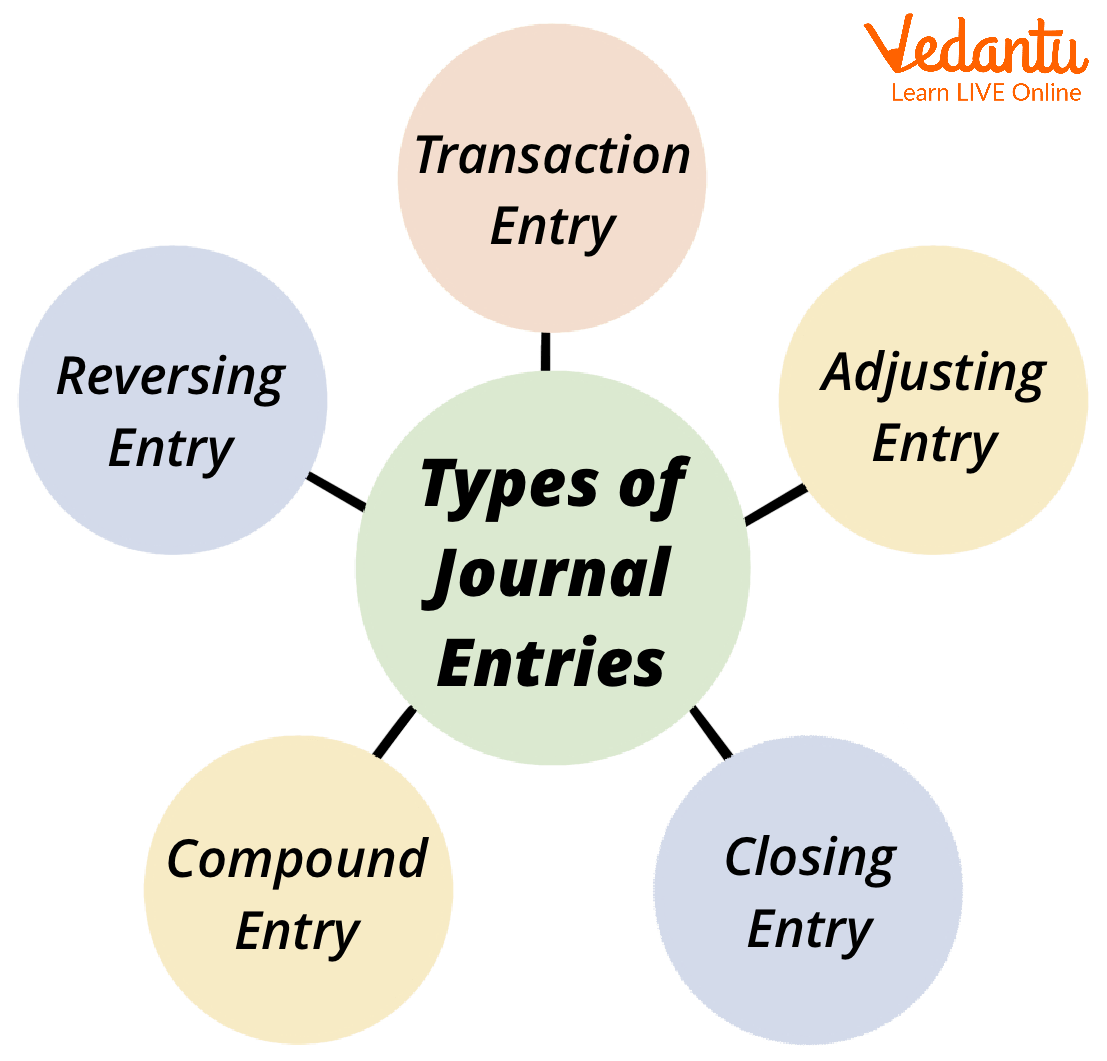
Although it can sometimes exacerbate volatility in the markets, MTM accounting is generally seen as a necessary and positive component of our financial markets and reporting practices. Since assets and liabilities are revalued at current market prices, unrealized gains or losses can occur even if these are not sold or settled. As an alternative to directly adjusting the Short-Term Investments account, some companies may maintain a separate Valuation Adjustment account that is added to or subtracted from the Short-Term Investments account. The results are the same; the reason for using the alternative approach is to provide additional information that may be needed for more complex accounting and tax purposes.
Real World Example of Mark-to-Market Losses
Mark to market accounting offers significant value in the realm of pension accounting. It ensures that a firm’s pension obligations accurately represent current market conditions and are not merely based on historical costs. This can have a profound impact on a company’s reported financial standing. The most infamous use of mark-to-market in this way was the Enron scandal. An exchange marks traders’ accounts to their market values daily by settling the gains and losses that result due to changes in the value of their securities.
Example 1: Investment in Equity Shares
Changes in the fair value of assets and liabilities can influence the operating activities section, particularly through adjustments for non-cash items. For instance, a significant unrealized loss on an investment would be added back to net income in the cash flow statement, affecting the overall cash flow from operating activities. This interplay examples of revenue expenditure between fair value adjustments and cash flow can offer insights into the liquidity and operational efficiency of an entity. Mark-to-market is an accounting technique designed to reflect the current market value of a company’s assets. Many assets fluctuate in value, and periodically, businesses must revalue their assets accordingly.
Effect on subprime crisis and Emergency Economic Stabilization Act of 2008

Like any other metric or methodology in the financial world, mark to market has its own flaws. While it successfully overcomes a lot of issues, it also falls short on some. An alternative to MTM is marked to model, which is used for assets that do not have a regular market to provide accurate pricing. Moreover, despite these risks, investing in the stock market can be a lucrative way to grow your wealth.
How is mark to market valuation different from historical cost accounting?
If the assets have declined in value, the company will have mark-to-market losses on them, although it won’t realize those losses unless it sells them. A more recent example came from the collapse of Silicon Valley Bank in March 2023. The principal cause of the bank’s failure was its large holdings of long-term government bonds and securities. While relatively safe, the securities lost market value when interest rates on newly issued securities rose. The bank had been listing them on its books as HTM, or held to maturity, securities, which allowed it to value them at their historical prices. However, when it had to liquidate a portion of its portfolio, accounting rules forced it to revalue the entire portfolio using the mark-to-market method.
- Nonetheless, the method’s emphasis on realism over traditional cost accounting makes it indispensable in contemporary business practices.
- MTM accounting can impact the income statement by changing the value of a company’s assets or liabilities.
- It must be based on an estimate of the number of customers likely to accept a discount.
- This is most often used in instances where investors are trading futures or other securities in margin accounts.
Mark to market is an accounting method that values financial instruments such as stocks, bonds, and derivatives. It strives to offer a realistic assessment of a company’s or institution’s financial position based on the market’s condition. Let’s suppose that the trader needed to issue a financial report on Day 4, and that the futures contract was previously listed on their financial statements at $60. In that scenario, the asset would be reported (on day 4) at $58, and it would also result in an unrealized loss of $2.
As you can see, the MTM method is fulfilling its purpose of telling investors what the asset is actually worth as of the reporting date. Once or twice a year you should meet with your financial advisor to rebalance your holdings. An adviser can help you determine the correct allocation based on your personal financial goals. • It may make it easier for lenders to establish the value of collateral when extending loans. Mark to market may provide more accurate guidance in terms of collateral value.
To estimate the value of illiquid assets, a controller can choose from two other methods. It incorporates the probability that the asset isn’t worth its original value. For a home mortgage, an accountant would look at the borrower’s credit score. If the score is low, there’s a higher chance the mortgage won’t be repaid.
When the stock market crashed, for instance, in 1929, banks were moved to devalue assets based on mark to market accounting rules. This helped turn what could have been a temporary recession into the Great Depression, one of the most significant economic events in stock market history. That can be useful in a business setting when a company is trying to gauge its financial health or get a valuation estimate ahead of a merger or acquisition. Aside from accounting, mark to market also has applications in investing when trading stocks, futures contracts, and mutual funds. For traders and investors, it can be important to understand how this concept works. Internal Revenue Code Section 475 contains the mark to market accounting method rule for taxation.

Leave a Reply